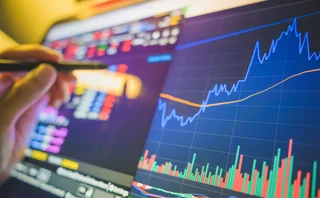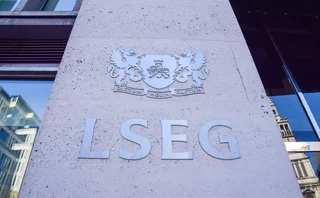
Traders, vendors seek to modernise chronically underinvested FX tech
The average FX professional uses eight applications at any one time, but integrating workflows is a daunting task

Foreign exchange is the largest and most liquid market by a long way. In April 2022, when the Bank for International Settlements last took a snapshot of market activity, it found that $7.5 trillion dollars of currency – more than twice the entire GDP of the UK – was being traded on FX markets every day.
But the technology that underlies this huge chunk of the world economy tells a different story. With near total automation in equities and dedicated efforts to electronify fixed income stealing
Only users who have a paid subscription or are part of a corporate subscription are able to print or copy content.
To access these options, along with all other subscription benefits, please contact info@fx-markets.com or view our subscription options here: https://subscriptions.fx-markets.com
You are currently unable to print this content. Please contact info@fx-markets.com to find out more.
You are currently unable to copy this content. Please contact info@fx-markets.com to find out more.
Copyright Infopro Digital Limited. All rights reserved.
As outlined in our terms and conditions, https://www.infopro-digital.com/terms-and-conditions/subscriptions/ (point 2.4), printing is limited to a single copy.
If you would like to purchase additional rights please email info@fx-markets.com
Copyright Infopro Digital Limited. All rights reserved.
You may share this content using our article tools. As outlined in our terms and conditions, https://www.infopro-digital.com/terms-and-conditions/subscriptions/ (clause 2.4), an Authorised User may only make one copy of the materials for their own personal use. You must also comply with the restrictions in clause 2.5.
If you would like to purchase additional rights please email info@fx-markets.com
More on Infrastructure
Compression eases capital, risk bottlenecks amid CNH swap boom
Dealers say multilateral compression for yuan cross-currency swaps can increase trading capacity
LSEG adds market risk optimisation for FX options
Tool attracts eight dealers and could be expanded to rates and equity options
Internalisation trend driving FX market opacity to new highs
FX Markets Europe: Dealers say they internally matched up to 1,500% more volume than public markets during April
More interdealer e-trading needed to support FX swap streaming
FX Markets Europe: Dealers say primary venues must gain more traction to allow further electronification on client side
Row breaks out over cause of FX settlement fails
One European bank blames T+1 for a 50% jump in FX fails, but industry groups dispute the claims
LSEG readies hard matching on forwards venue
Forwards Matching eyes Q4 start for new function that enables faster credit checks
Integral launches on-chain crypto prime brokerage service
The model leverages stablecoins to exchange margin and settle trades on blockchain
Crypto’s predictable path from central books to OTC discretion
Demand for bilateral trading, like OTC FX market structure, is fuelling crypto’s institutional take-up, finds BridgePort








